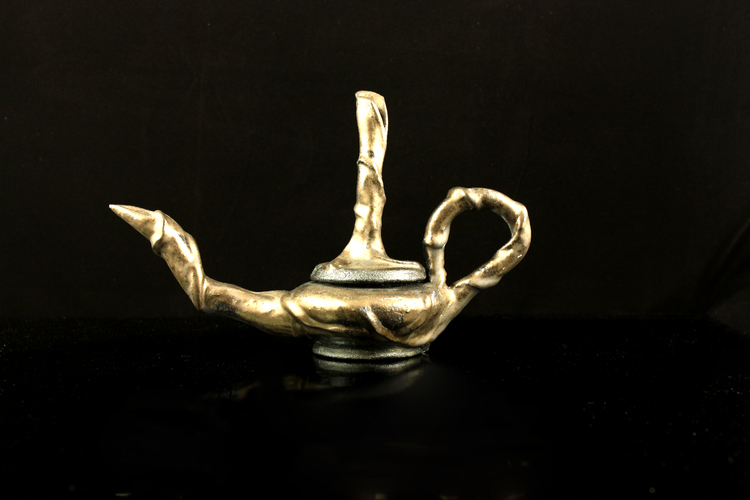In my early years of playing with clay, terra sigillata was my go to choice for surface decoration. Terra sigillata, "earth seal" is associated with Greco-Roman pottery surface finishes. It's earthy, silky, wax-like finish dazzled me. It is especially wonderful for but not limited to raku firings. I was taught in art school that a ball mill was essential to a good terra sigillata mixture. Now as a small studio potter, I was not about to invest in a ball mill (a thousand dollars more or less) so I used the old fashioned method of water, clay, sodium silicate shaken together in a glass or plastic bottle, left to decant for 24 hours while the heavy clay settled to the bottom, the sigillata inhabits the middle space and the water rises to the surface.
I was joyfully surprised during my visit to La Meridiana with the Potters Council to find out that this is the traditional way of making terra sigillata in Italy. I asked founder and director of La Meridiana Pietro Maddelena about this and he said the recipe used with a ball mill is a slip and would not be considered (at least in Italy) terra sigillata. Great news!
For anyone interested in exploring this technique I would suggest a video made by our fearless leader (during our time at LM), Marcia Selsor, titled "Raku Firing, Expanding the Potential of the Raku Kiln." This link will take you to a quick youtube demo of the process.....uber simple, so I'll skip the recipe and explanation here! I own this video and I highly recommend this dvd for the libraries of ceramic artists and educators wishing to expand their knowledge or that of their students. If you are a ceramic artists living in New Mexico and are convinced that ball milled sigillata is the way to go, Coyote Clay and Craft School or New Mexico Clay will happily mix up a batch for you.
Back to fifty shades: The terra sigillata palette is not limited to white or red. A variety of colors can be had with the simple addition of mason stains or other oxides. A half of teaspoon to one teaspoon added to the mixture should suffice. I love to use a peacock green mason stain that yields a turquoise blue color, (sometimes a black mason stain), and crocus martis iron oxide for a deep red. These colors remind me of the New Mexico sky and New Mexico red earth. I do not work exclusively with terra sigillata, however, every once in a while the desire comes over me to create a sculptural vessel inspired by Greek vases and amphoras. I never know what I am going to do with it. I have included a photo of one of my first attempts of an amphora using terra sigillata and a more recent vessel. For more information on terra sigillata, google it! You will find more information and recipes than the time you will have to try everything. As always, happy creating!
One of my first terra sigillata projects, twenty years ago, ""See" of Life," amphora
Back view, ""See" of Life," amphora
Spiral Elixir, front view
Spiral Elixir, back view




